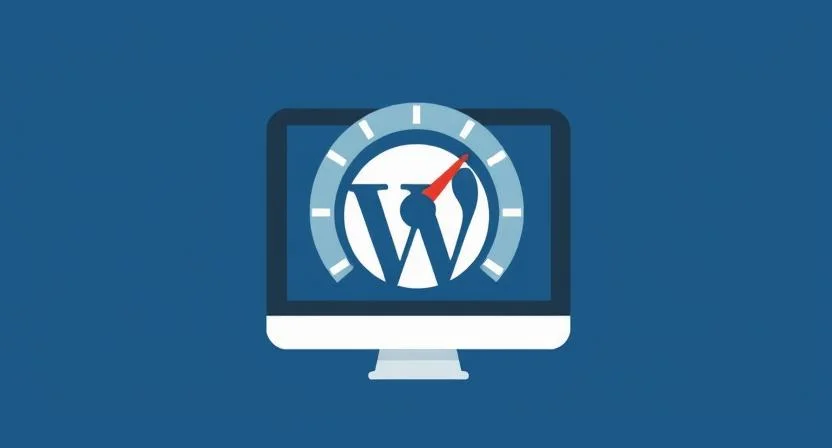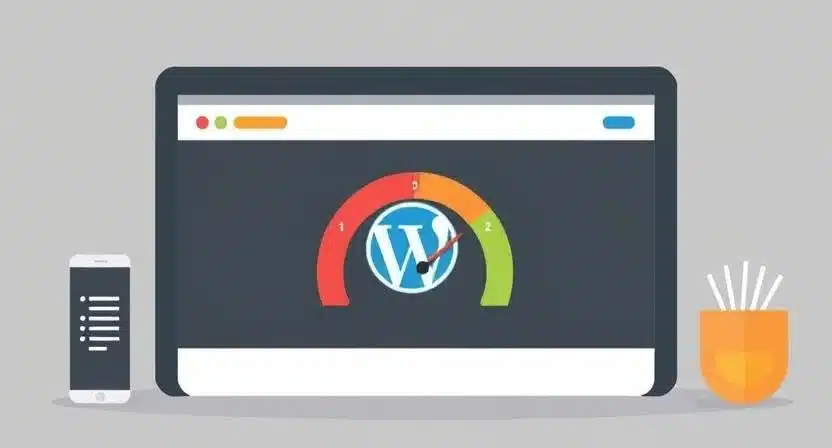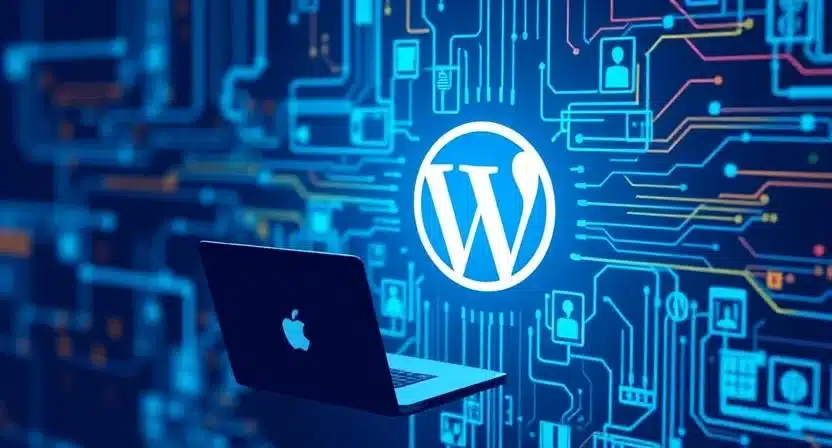How Green Tech Is Combating Climate Change

In the U.S., the conversation around climate change is no longer just about awareness; it’s about action. With rising temperatures, extreme weather events, and growing pressure to reduce greenhouse gas emissions, technology is becoming a central part of the solution. Enter green tech and climate change, the marriage of innovation and sustainability that’s redefining American industry, cities, and lifestyles.
From renewable energy solutions and electric vehicles to AI-powered sustainability tools, green technology is transforming the way Americans live, work, and think about the environment. Simply put, green tech solves climate change by providing smarter, scalable, and cost-effective ways to reduce carbon emissions, improve energy efficiency, and promote a cleaner economy.
Recommended Read: The Future of Renewable Energy: What to Expect in the Next Decade
How Green Tech Helps Combat Climate Change
Green technology, or clean tech, refers to innovations designed to reduce environmental impact while improving efficiency and sustainability. In the U.S., this has taken on a whole new dimension, driven by both private companies and government initiatives.
Key strategies include:
- Renewable energy generation – solar, wind, hydro, and geothermal energy are replacing traditional fossil fuels.
- Smart infrastructure – AI and IoT tools are optimizing energy consumption in buildings, transportation, and industry.
- Carbon capture and storage – advanced technologies help remove CO₂ from the atmosphere or prevent it from entering in the first place.
According to insights from IBM and Earth.org, integrating these technologies can help the U.S. transition toward a low-carbon economy while creating jobs, promoting economic growth, and strengthening energy security.

Green Tech Solves Climate Change: U.S. Strategies in Action
In the American context, green tech solves climate change through coordinated efforts across three main fronts:
- Energy Transition – Replacing fossil fuels with renewables such as wind and solar.
- Efficiency & Electrification – Electrifying vehicles, factories, and homes while minimizing energy waste.
- Carbon Management – Implementing carbon capture, green manufacturing, and recycling initiatives.
The federal government, through programs like the Inflation Reduction Act, provides tax incentives for renewable energy projects, EV adoption, and domestic clean manufacturing. States such as California, Texas, and New York are leading clean-tech adoption, creating hubs for innovation, sustainable job growth, and energy independence.
Key Innovations Driving Green Technology in the U.S.
From the insights of SDG Action and UPDEED, here are some of the most transformative innovations shaping the American green tech landscape:
1. Renewable Energy Systems
Solar and wind power have become more efficient and cost-effective than ever. Companies like NextEra Energy are expanding renewable capacity nationwide, demonstrating that clean energy is not just environmentally friendly but economically viable.
2. Electric Vehicles and Alternative Mobility
Tesla, Rivian, and Ford are leading the U.S. EV revolution. Meanwhile, hydrogen fuel cells are emerging for heavy transport, offering zero-emission alternatives for trucks, buses, and even aviation.
3. Smart Grids and Energy Storage
Modern U.S. power grids are leveraging AI to balance supply and demand in real time. Innovations in large-scale battery storage, like QuantumScape, help stabilize renewable energy sources, making clean electricity reliable and accessible.
4. Carbon Capture and Recycling
Technologies like direct air capture and industrial carbon recycling are helping reduce overall emissions. Startups and corporations are increasingly investing in carbon-negative projects, turning waste into resources and promoting a circular economy.
5. AI-Powered Sustainability Tools
AI applications in climate tech are booming. Predictive analytics help cities monitor pollution, optimize energy use, and manage resources like water and waste. Companies such as Google and Microsoft use AI to make data centers greener and improve renewable energy integration.
U.S. Companies Leading the Green Tech Revolution
American companies are driving innovation and proving that green tech solves climate change while remaining profitable:
Tesla: Driving the Electric Future
Tesla continues to set benchmarks with EV technology, battery innovation, and energy storage solutions. Its infrastructure investments, including nationwide superchargers and solar roofs, are pushing clean energy adoption into mainstream America.
Google and Microsoft: AI for Sustainability
Both companies use AI to improve energy efficiency in data centers, predict renewable energy output, and optimize corporate operations for lower carbon footprints. Google has committed to running its operations on 24/7 carbon-free energy.
NextEra Energy: Expanding Renewable Access
As the largest U.S. producer of wind and solar energy, NextEra is proving that utilities can transition toward clean energy profitably, powering millions of homes with low-emission electricity.
Apple: Circular and Sustainable Manufacturing
Apple incorporates recycled materials into its devices, runs carbon-neutral facilities, and continuously invests in green supply chain solutions. These initiatives demonstrate how corporate responsibility can drive environmental progress.
Government Policies Supporting Green Tech
U.S. climate and energy policy plays a vital role in accelerating green tech adoption:
- The Inflation Reduction Act (IRA) incentivizes renewable energy deployment, EV manufacturing, and domestic clean tech production.
- The Biden administration has set ambitious climate targets, including net-zero emissions by 2050, and interim goals for 2030.
- State-level initiatives, especially in California and New York, promote renewable energy, electric mobility, and energy-efficient infrastructure.
These policies not only encourage innovation but also ensure that America remains competitive in the global green economy.
Challenges Facing Green Technology in the U.S.
While progress is significant, challenges remain:
- High Upfront Costs: Initial investment in green tech can be expensive.
- Infrastructure Gaps: Many regions still lack smart grids and storage solutions.
- Critical Material Dependence: Lithium, cobalt, and rare-earth metals are essential for batteries and tech components.
- Public Adoption: Behavior change is crucial; consumers and businesses must embrace sustainable options.
- Policy Inconsistency: Regulations vary between states, affecting nationwide scalability.
Addressing these challenges requires collaboration across industry, government, and civil society.
Green Tech Startups Transforming U.S. Cities
Innovation isn’t just coming from giants. U.S. startups are bringing fresh ideas to climate tech:
- Pivot Bio – Using synthetic biology to reduce synthetic fertilizer emissions.
- ZeroAvia – Developing hydrogen-powered aircraft for sustainable aviation.
- Ampaire – Electrifying regional air travel.
- Arcadia – Helping consumers access renewable energy through smart community programs.
These startups are proving that green tech solves climate change, not just at a corporate level but in daily life.
How American Consumers Drive the Sustainability Revolution
Technology adoption isn’t only top-down. Americans play a critical role:
- Home Solar and Storage – Rooftop solar panels and Tesla Powerwalls allow households to go off-grid or reduce reliance on fossil fuels.
- EV Purchases – Consumers are embracing electric vehicles, motivated by incentives and sustainability awareness.
- Smart Home Energy Systems – Smart thermostats and AI-driven energy monitoring reduce energy waste.
Consumer choices amplify the impact of corporate and governmental green initiatives, creating a comprehensive climate solution ecosystem.
The Future of Green Tech in America
The next decade promises even more exciting developments:
- Advanced Energy Storage – Longer-lasting, cheaper batteries for homes, vehicles, and grids.
- Climate AI – Predicting extreme events and optimizing city infrastructure.
- Green Finance – Investment platforms channeling funds into sustainable projects.
- Circular Manufacturing – Waste becomes a resource; materials are reused at scale.
These trends show that the U.S. is moving toward a fully integrated, tech-driven sustainability model, where innovation and climate action reinforce each other.
FAQs: Green Tech & Climate Change
What is green technology?
Green technology includes tools and innovations that reduce environmental impact, such as renewable energy, EVs, AI sustainability tools, and carbon management systems.
How does green tech solve climate change?
By reducing emissions, improving energy efficiency, and creating sustainable alternatives across industries.
Which U.S. companies lead green tech innovation?
Tesla, Google, Microsoft, Apple, NextEra Energy, and various climate-focused startups.
What challenges does green tech face?
High costs, infrastructure gaps, supply chain dependencies, consumer adoption, and policy inconsistencies.
How can individuals contribute?
Use renewable energy, adopt EVs, invest in green funds, and support eco-friendly policies and companies.
Conclusion: Technology as America’s Climate Solution
Green technology isn’t just a promise; it’s actively reshaping the U.S. economy, industry, and society. By embracing renewable energy, electrifying transportation, and leveraging AI for sustainability, America is proving that green tech solves climate change while generating economic opportunities.
From corporate innovators to everyday consumers, everyone has a role in this transformation. With continued investment, policy support, and creative solutions, the U.S. can lead the global fight against climate change while creating a smarter, cleaner, and more sustainable future.



















































































































































































































